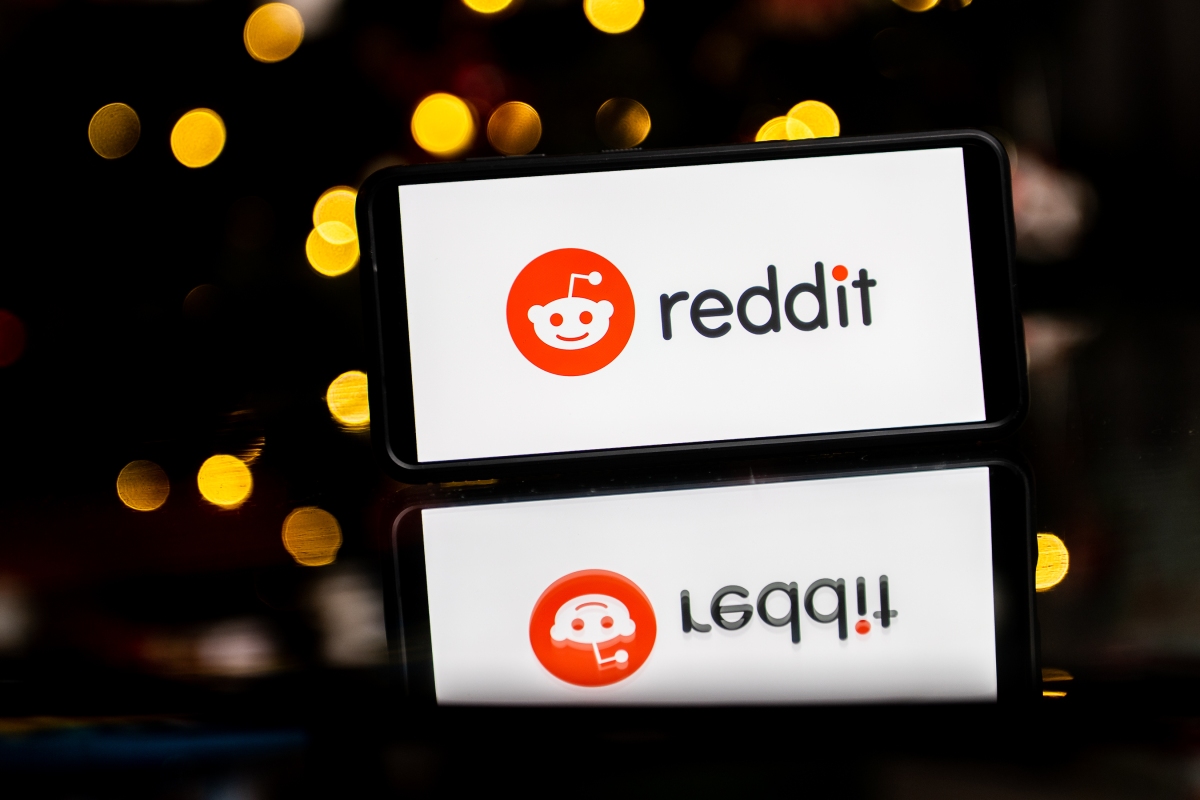ruffsl
I’m a robotics researcher. My interests include cybersecurity, repeatable & reproducible research, as well as open source robotics and rust programing.
- 13 Posts
- 11 Comments

 6·8 months ago
6·8 months agoI’m going to try and set one up for the rest of my project team. Looks like a neat way to simplify install setup.

 2·10 months ago
2·10 months agoA while back, I tried looking into what it would take to modify Android to disable Bluetooth microphones for wireless headsets, allowing for call audio to be streamed via regular AAC or aptX, and for the call microphone to be captured from the phones internal mic. This would prevent the bit rate for call audio in microphone being effectively halved when using the ancient HFP/HSP Bluetooth codecs, instead allowing for the same call quality as when using a wired headset. This would help when multitasking with different audio sources, such as listening to music while hanging out on discord, without the music being distorted from the lower bit rate of HFP/HSP. This would also benefit regular VoLTE, as the regular call audio quality already exceeds that of legacy Bluetooth headset profiles.
Although, I didn’t manage to tease apart the mechanics of the audio policy configuration files used by the source Android project, given the sparse documentation and vague commit history.
- https://source.android.com/docs/core/audio/implement-policy
- https://android.googlesource.com/platform/frameworks/av/+/dc46286/services/audiopolicy/config/audio_policy_configuration.xml#147
I’d certainly be fine with the awkwardness of holding up and speaking to my phone as if it was in speaker mode, but listening to the call over wireless headphones, in order to improve or double the audio quality. Always wondered what these audio policies fall back to when a Bluetooth device doesn’t have a headset profile, but it’s almost impossible to find high quality consumer grade Bluetooth headphones without a microphone nowadays.

 2·10 months ago
2·10 months agoFor the call setting under Bluetooth audio devices, I really wish they would break out or separate the settings for using the audio device as a source or sink for call audio. Sort of like how you can disable HSP/HSF Bluetooth profiles for audio devices in Linux or Windows.
 1·1 year ago
1·1 year agoCould you share the link to that one? Thanks. Looks like this TechCrunch article is sourcing info from emails with advertisers partnered with Reddit, not just from public statements about visitor traffic published by Reddit themselves.
I wonder what the measured metrics are internally. Funny that those earning metrics would’ve been more readily available had they already IPO’ed on the public market.

 2·1 year ago
2·1 year agoThat looks neet. Although I suspect this would succumb to the same cross post discoverability issues where URLs pointing to the same video would not match string for string. A better approach might be to facilitate inline embedding of HTML video players into Lemmy using browser extensions, where user scripts could be used to preview youtube links or re-write them to nocookie, allowing the Lemmy web UI to still avoid the use of cross-origin scripts by default.

 8·1 year ago
8·1 year agoFound the full transcription for the video from OP author:
Note to self: use
youtube.cominstead ofyoutu.be
for better cross post detection and lemmy integration

 2·1 year ago
2·1 year agoFor programming tutorials, yep, I also prefer reading documentation instead. Although, it looks like this tutorial these folks put out doesn’t have much of anything you could copy from, like terminal commands, given its a recorded walkthrough in using the graphical web UI. YouTube also now allows for searching the auto or manual transcription text, which is handy when creators always forget to include timestamped chapters.

 2·1 year ago
2·1 year agoChecking the issues tracker for RES, there’s not yet any mention of lemmy or kbin:
Perhaps you could ask there. I’d also recommend checking out the Lemmy Plugins & Userscripts community:

 1·1 year ago
1·1 year agoFor posterity, I later stumbled upon the authors original post here:
- Tamper/Greasemonkey script to reformat interface to a style recalling old.reddit
The community that this was posted from also looks interesting:
- Lemmy Plugins & Userscripts

 4·1 year ago
4·1 year agoCheck out this issue:








Does the live iso created by this process include the dependencies or kernel modules upon live boot? E.g. could I use this to create an ISO image that includes, or pre bakes, any custom or necessary drivers for Nvidia GPUs or finicky Wi-Fi cards when used/booted as just a live USB? That could really help when you’d otherwise have a chicken and egg problem after a hard drive failure and no live USB to safe boot with working networking or display output.